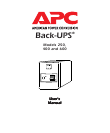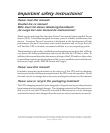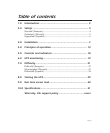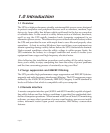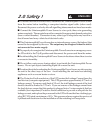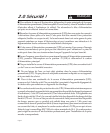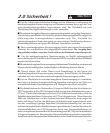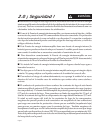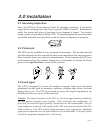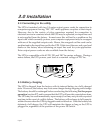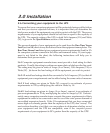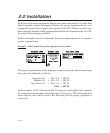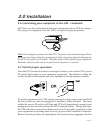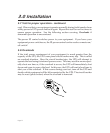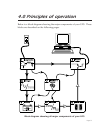
Page 2
1.0 Introduction
1.1 Overview
The UPS is a high performance standby uninterruptible power source designed
to protect computers and peripheral devices such as monitors, modems, tape
drives, etc. from utility line failures which could result in the loss or corruption
of valuable data. In the event of a utility failure such as a blackout, brownout,
swell or sag, the UPS rapidly transfers loads (computer equipment) to an
alternative power source. This alternative power is derived from a battery within
the UPS and provides the user with ample time to save files and properly close
operations. A chart in section 9.0 shows how much time your equipment can
remain operating during a utility failure before the UPS’s batteries are drained.
Under normal conditions when the utility voltage is within proper limits, the
UPS maintains the battery in a charged condition and serves to isolate your
equipment from surges and high frequency electrical noise.
After following the installation procedures and reading all the safety instruc-
tions, you’re ready to enjoy computing free from the worry of power problems
and the time consuming process of constantly saving your files!
1.2 Surge suppression and EMI/RFI filtering
The UPS provides high performance surge suppression and EMI/RFI (electro-
magnetic and radio frequency interference) filtering. The UPS suppresses surges
defined by the ANSI C62.41 (formerly IEEE 587) Category A and B standard to
levels well below that which is compatible with your computer.
1.3 Remote interface
A remote computer interface port (400VA and 600VA models) capable of signal-
ling utility failure and low battery conditions is provided for unattended shut-
down of computer operations. When teamed with PowerChute UPS monitoring
software, you may select operation of power event logging, power event notifi-
cation, automatic restart upon power restoration, and battery conservation
features.



